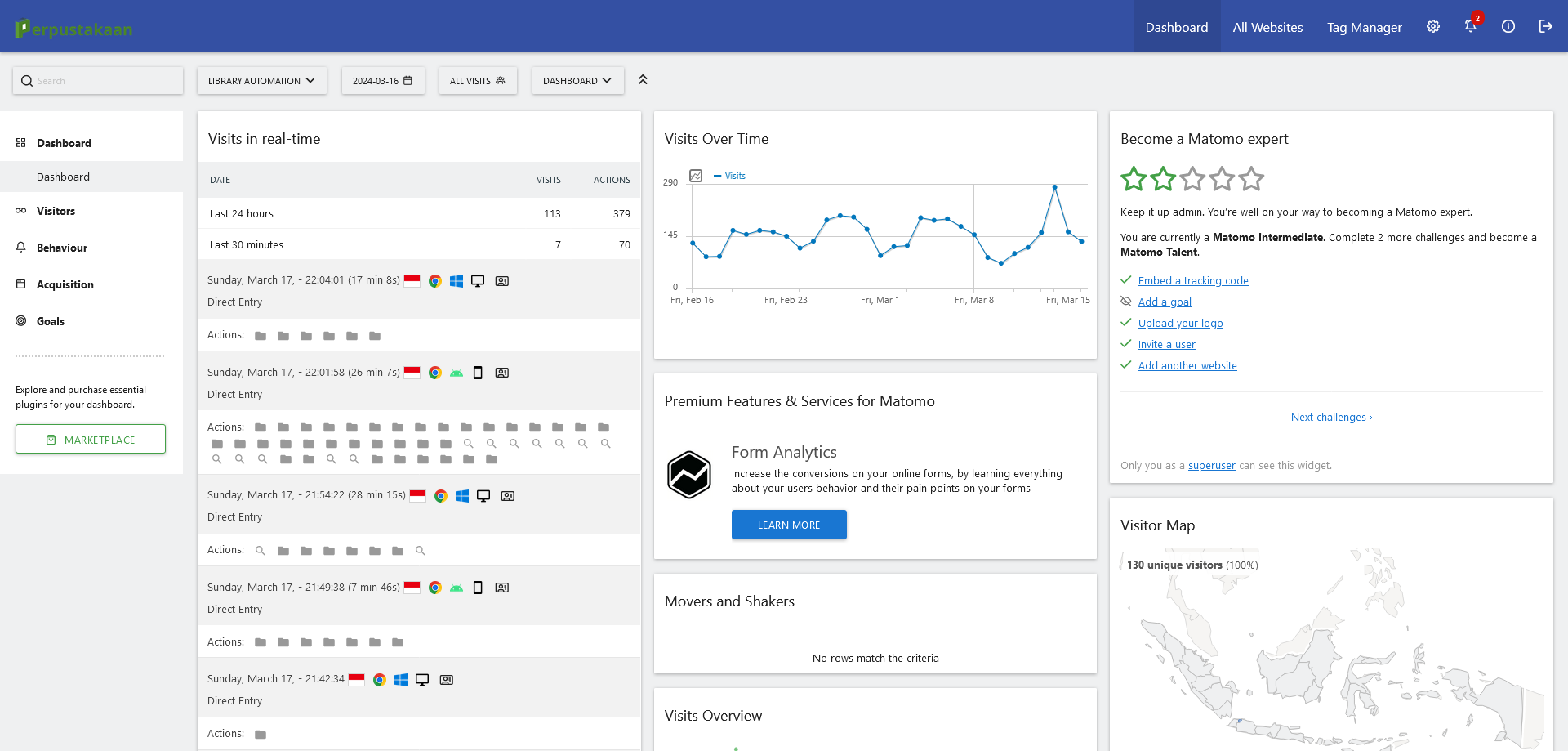Collection Details

Essays on paula rego :smile when you think about hell
Lisboa, Maria Manuel - Nama Orang
Prologue: A Patriot for Me
In the Prologue, Lisboa identifies the key themes permeating the book: love and reversals of love; negative aspects and interests of patriarchy; and the ways in which Paula Rego connects the personal and the political. Discussed is Rego’s perspective; her destabilization of expectations and assumptions; and a set of tensions in her life and work – between external conformity and internal revolt, and between outward good manners and an inward drive towards iconoclasticism. Lisboa examines Rego's focus on history; the theme of domination; and Great Britain and Portugal's impact on the artist's work. Portugal’s key historical events are described, including the impact of Salazar, Sebastianismo, and the Salazarista blueprint for national life (partly modelled on Hitler’s Germany). The author explores Rego's work from the 1980s onwards, including the interpretation and the impact of disappointed political hopes; and textualism/contextualism. Lisboa is critical of several aspects of the art history establishment: its encouragement of the conventional; its traditional analytical methods, including the failure to ask new questions; and its intellectual relevance.
1. Past History and Deaths Foretold: A Map of Memory
Chapter One begins with an identification of a centuries-long poetic tradition – the worship of vanished female icons. Lisboa then examines the contrast between Eça de Queirós’ novel’s (The Sin of Father Amaro) portrayal of the female protagonist versus Paula Rego’s "empowered rendition” of that same character; and an analysis of three of Rego’s 1960s oppositional works that allude to political regimes and their leadership through the person, symbolism, and policies. There is an exploration of Rego's mid-1980s to mid-90s move from both abstractionism and the cut-and-paste method to a more figurative mode; the "personal over the political” in these paintings, such as the Girl and Dog series; and Rego’s casting of reversed gender roles. Lisboa further considers the topics of sexuality, violence and religion in Rego’s paintings. Rego’s paintings are analyzed in great detail, and there is a discussion of her recurring signifiers and themes, including the sea and national loss, the colonialism, and her antagonistic portrayal of the "sailing adventures of the motherland.” There is an examination of Rego’s vision of national history and the political mismanagement "with anarchy always close to the surface.” The use and purpose of distorted scale in her paintings is explored. Finally, the discussion turns to a comparison between dog and man in Rego’s artwork, specifically in terms of the actions (either nurturing or harming) of girls toward dogs. The depiction of females as dogs in Rego’s paintings is contrasted with her portrayal of males in that role. Her representations of different animals are also discussed, including wolves and their connections to dogs and man.
2. (He)art History or a Death in the Family: The Late 80s
This chapter begins with comments on the far-reaching impact of family on politics, religion, and the world; male art compared to some of Rego’s work; and the connection between political dominance and the "hierarchical happy family,” as well as how Rego deviates from that established norm (in her work and personal life). Some of Rego’s paintings, including Pregnant Rabbit Telling Her Parents and The Red Monkey Beats His Wife, are examined for their similarities and differences to the traditional family, as well as social and political implications. Rego’s Family series, which adopts a theme of "attacks on males by their female relatives,” is analyzed, including symbolism as well as gender imbalance—and their relevance to Portugal’s history. Finally, Lisboa discusses the theme of incest in Rego’s work, including symbolism; the motif of "men being dressed by women”; and Rego’s work that is both about family and the motherland.
3. The Sins of the Fathers: Mother and Land Revisited in the Late 90s
Chapter Three begins with two defining concerns in Rego’s depiction of femaleness: a penchant for profanity and resilient longevity. There is a discussion of the similarities and differences in Eça de Queirós’ and Rego’s respective nineteenth- and twentieth-century aesthetic positions; an in-depth examination of The Sin of Father Amaro series, with detailed references to Eça’s novel of the same name; and an important aspect of Rego’s work: a trap sprung on male viewers lured by and then castigated in the compositions she deploys as part of a one-woman battle of the sexes. Lisboa then explores a series of preoccupations in Rego’s work: a move from the individual towards the collective, which acquires national and institutional specificity; the continuity of historical and political motifs; and the somewhat more oblique reworking of national and religious motifs. Lisboa concludes this chapter with a discussion of post-imperial Portugal’s enduring contradictions.
4. An Interesting Condition: The Abortion Pastels
In Chapter Four, Lisboa examines a series of ten pastels (the Abortion series); Rego’s motivation for producing them, including her anger with organized religion; and the focus of the images. Rego’s pastels and sketches are placed within the context of the political upheaval of events surrounding the abortion controversy. In this respect, Lisboa discusses the Catholic Church’s political influence, particularly in Portugal; the history of abortion law in Portugal, as well as anti-abortionism; and the extreme risks involved in childbirth. This chapter also explores the gaze of viewers, male and female; the blurring of categories of pain and pleasure; and the effect of Rego’s pictures on the individual viewer and society, taking into consideration emotions, morals, and control.
5. Brave New Worlds: The Birthing of Nations in First Mass in Brazil
This chapter examines Rego’s work concerning Portugal’s discovery and colonization of Brazil, including the implications for the colonizer and the colonized. Lisboa explores the woman’s plight that is found at the heart of her work, and considers the growing significance of the female body in Rego’s work from the mid-1990s. Lisboa discusses the twinned themes of maternity and mother(land) in Rego’s work, and the origins of Brazil as an independent nation with a basis in two family romances. Finally, Lisboa examines Rego’s First Mass in Brazil, with particular attention to the fish that feature in this work, and the mixture of good fortune and misery represented in the painting.
6. I Am Coming to Your Kingdom, Prince Horrendous: Scary Stories for Baby, Perfect Stranger and Me
Chapter Six examines the function of the genre of the fantastic – spanning fantasy, the supernatural, gothic literature, science fiction and the metaphysical. In this vein Lisboa explores Rego as a narrative artist, focusing on three different groups of images (drawn from children’s fairy tales and nursery rhymes, five different literary sources, and the picture Inês de Castro), all sharing the theme of violence in the name of love and all casting a series of Princesses Horrendous. Finally, the history, interpretation, and significance of those three different groups of images is considered.
7. Paula and the Madonna: Who’s That Girl?
This chapter discusses Rego’s Virgin Mary works, which not only engage with aspects of the Marian cult, but also question some basic premises of Christian dogma. Lisboa argues that in these images, key doctrinal points are contravened by a series of compositional, symbolic, and casting devices, and she explores the effect of this contravention. Lisboa then examines the artist’s emphasis on the human condition of Mary and Jesus. Lisboa further explores the artistic tradition of religious imagery, both the difficulty it poses for artists, and Rego’s employment and exploration of it. Religious polarization and skepticism, such as the Epicurean Paradox, are considered. In the remaining sections of the chapter, Lisboa gives a full discussion of Rego’s focus on Mary in these works, and the questions that they invite.
8. Epilogue: Let Me Count the Ways I Love You
The Epilogue opens with a discussion of Plato’s views on the arts, and considers how Rego’s work diverges from Plato’s perspective. Lisboa identifies a shift in perception of the function of art in the eighteenth century, which is connected to the rise of the Civic Humanist theory of art, and its relationship to Rego’s work. and how this artist’s work conflicts. Lisboa discusses the impact of Rego’s work, including the breaking of (bad) old habits and reversing habitual power organizations; challenging traditional historiography by, among other things, inscribing women into history; and advancing areas of ethical and political debate, as well as exposing the very fabric of human freedom as fragile. Lisboa explores the relationship between artist and model (with a consideration of Portugal and Britain as Rego’s models across six decades), and returns to a discussion of post-imperial Portugal’s enduring contradictions (as explored in Chapter Three). Final consideration is given to the ways in which Rego’s work productively violates barriers and disrupts familiar modes of looking at the world.
Additional Information
- Penerbit
- Cambridge, UK : Open Book Publishers (2019)
- GMD ( General Material Designation )
- Electronic Resource
- No. Panggil
-
759MARe
- ISBN/ISSN9781783747603
- Klasifikasi
- 759.
- Deskripsi Fisik
- xiii. :ill. ;512 p.
- Bahasa
- English
- Edisi
- -
- Subjek
- Humans
- Pernyataan Tanggungjawab
- -
- Info Detail Spesifik
- -
- GMD
- Electronic Resource
- Tipe Isi
- text
- Tipe Media
- computer
- Tipe Pembawa
- online resource




